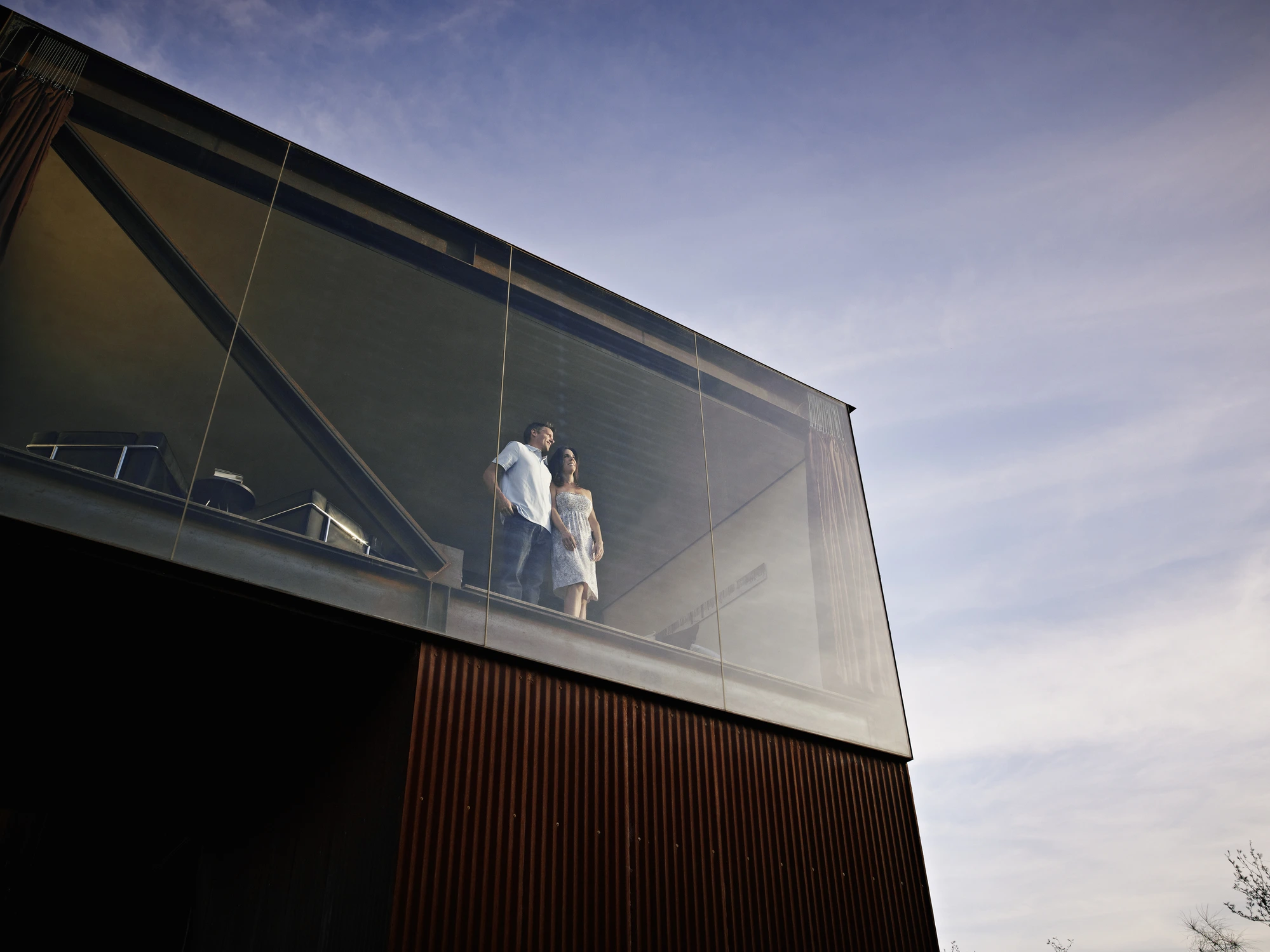August 2025
10 Ways To Be Net Zero At Home
Discover simple, affordable ways to cut emissions and waste at home. From quick swaps to smart upgrades, our guide helps you take meaningful steps towards a net zero lifestyle.

Living more sustainably doesn’t have to mean huge sacrifices or expensive changes. With a few practical steps, you can start reducing your emissions, cutting energy waste, and moving closer to a net zero lifestyle, right from your own home.
From low-effort swaps to smart energy upgrades, this guide shows how to make meaningful changes that help both your household and the planet.
What Is Net Zero?
Net zero means balancing the amount of greenhouse gases you produce with the amount you remove from the atmosphere. In simple terms, your net emissions equal zero. It’s the ultimate goal for fighting climate change, and while governments and industries play a big role, individual actions still count.
At home, this means using energy more efficiently, switching to low-carbon systems, and reducing waste where you can. The less you rely on fossil fuels, the closer you get to net zero.
What Is The UK Net Zero Target?
The UK government has committed to reaching net zero emissions by 2050. That includes decarbonising homes, transport, power generation and more. You can read more about the official targets and progress here.
While national policy shapes the big picture, households are a major part of the plan. The energy you use for heating, hot water, appliances, and travel all contribute, and reducing that footprint helps push the UK closer to its goal.
How To Be Net Zero At Home
You don’t need a brand-new eco home to make a difference. Many everyday actions, some simple and some more ambitious, can reduce your carbon footprint. Here’s how to start building your own net zero strategy at home.
1. Install Solar Panels
Solar panels generate clean electricity from sunlight, helping you power your home with renewable energy instead of relying on the grid. They reduce your emissions and lower your bills, especially over the long term.
- Are solar panels suitable for your house?
- How much energy do solar panels produce?
- How long do solar panels last?
If you're ready to explore options, check out So Energy's solar panels hub.
2. Fit A Smart Meter
A smart meter helps you track how much energy you use and when, giving you more control over your consumption. Real-time data makes it easier to identify where energy is being wasted and reduce it.
It’s a small change, but it supports a more conscious, lower-impact lifestyle.
3. Upgrade To A Heat Pump
Heating accounts for a big chunk of your home's emissions. Replacing a gas boiler with an air-source or ground-source heat pump can cut those emissions significantly.
Heat pumps work by transferring heat from the air or ground into your home. They’re highly efficient and powered by electricity — especially effective when combined with solar panels.
4. Improve Insulation
Good insulation keeps heat in during winter and out in summer, meaning you use less energy to stay comfortable. Start with the loft, windows, and walls — areas where heat loss is most common.
If your home loses less heat, your heating system doesn’t need to work as hard. That means lower emissions and lower bills.
5. Switch To LED lighting
It’s a small change, but it adds up. LED bulbs use around 75% less energy than halogen bulbs and last much longer. Switching out all the lights in your home is a quick win on the path to net zero.
6. Choose Efficient Appliances
When it's time to replace a fridge, washing machine or dishwasher, look for models with a high EPC rating (A or above). Efficient appliances use less electricity every time you switch them on, reducing both emissions and running costs.
It’s worth checking lifetime energy use when shopping around. A slightly higher upfront cost often pays off in savings later on.
7. Use Less Hot Water
Heating water takes energy, whether it's for showers, taps or washing machines. Making a few small tweaks can go a long way. Try cooler wash cycles, shorter showers, or fitting a water-saving showerhead.
Even if you have solar thermal or a heat pump, using less hot water still lowers demand on your system.
8. Switch To An Electric Vehicle (EV)
If you drive regularly, switching to an EV can slash your transport emissions. It’s one of the biggest carbon savings a household can make.
Pair it with solar panels or a green electricity tariff, and your car will be charged using renewable energy, not fossil fuels. Plus, EVs typically come with lower running costs and fewer emissions zone charges.
9. Choose A Renewable Energy Supplier
The source of your electricity matters. Switching to a supplier that uses 100% renewable sources, like wind, hydro or solar, means fewer fossil fuels powering your home.
So Energy does this as standard. No extra cost, no effort, just cleaner power every time you flip a switch.
10. Cut Waste And Recycle More
Net zero is about energy and waste. Reducing landfill means fewer emissions from rotting food, packaging and discarded products.
Try composting food waste, recycling correctly, and buying items with minimal packaging. Every small action reduces your impact.
What Are Net Zero Homes?
Net zero homes are designed to produce as much energy as they consume over the course of a year. They’re typically built with airtight construction, excellent insulation, and renewable energy systems like solar panels or heat pumps.
Unlike retrofitting an older home, a net zero home is purpose-built to maintain a comfortable climate using minimal energy and can even export surplus electricity back to the grid.
They can be more expensive upfront, but over time, the savings on energy bills and reduced carbon footprint make them a compelling long-term investment.
How To Calculate Net Zero Emissions
To reach net zero, your household’s emissions need to be balanced out by what you remove or avoid. That includes:
- Energy used for heating, electricity, and hot water
- Travel and transport (especially if you drive or fly)
- The products and food you buy
You can use online carbon footprint calculators to get a rough idea. Try the Carbon Footprint Calculator.
While it’s hard to hit an exact zero, the aim is to reduce emissions as much as possible and offset any remaining ones through verified schemes.
Every Action Adds Up
Reaching net zero at home doesn’t mean getting everything perfect overnight. It’s about building good habits, making smarter choices, and taking steps that suit your lifestyle and budget.
Whether you’re starting with a few light bulbs or planning a full energy upgrade, you’re helping move the UK closer to its climate goals — one decision at a time.
Want More Energy-Saving Ideas?
- How much energy do solar panels produce?
- Should you get a smart meter? 5 pros and cons
- The cost of solar panels in the UK
- How long do solar panels last?





.webp)
.webp)
